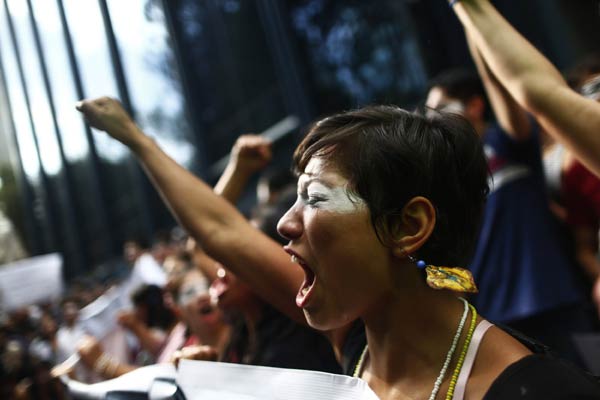Mexico widens search for 43 missing students
Updated: 2014-10-16 11:31
(Agencies)
|
||||||||
TIXTLA - Mexican police sent horse-mounted patrols and officers with trained dogs up into the hills around the city of Iguala on Wednesday in an expanded search for 43 college students missing since a clash with police last month.
The stepped-up hunt was ordered after investigators determined that 28 sets of human remains recovered from a mass grave discovered outside Iguala last weekend were not those of any of the youths who haven't been seen since being confronted by police in that city Sept. 26.
Forensics examinations were focusing on a second set of clandestine graves and a third site where another burial pit was found this week. A federal official, who spoke on condition of anonymity because he was not authorized to reveal the information, said another such site was found Wednesday near Iguala and experts were working to determine its extent.
The digging that continued Wednesday threatened to reveal even greater horrors in the gang-controlled countryside of the southern state of Guerrero. Each search has turned up more hidden graves, raising the question of how many people have been secretly killed by the area's drug gangs, apart from those kidnapped.
The wooded hillsides that ring Iguala could become a moral swamp for the government, much like the mass graves discovered in northern Mexico in 2010 that revealed a level of almost unheard-of brutality.
"These lamentable acts are a moment that puts to the test the country's institutions," President Enrique Pena Nieto said of the Iguala case in a speech.
From the beginning, there were signs that the first mass grave site, found just a few days after the students disappeared, might have contained the bodies of earlier victims of the Guerreros Unidos drug gang. The gang had ties to the wife of Iguala Mayor Jose Luis Abarca as well as to local police from Iguala and the nearby town of Cocula. Police from the two towns allegedly turned some of the students over to the drug gang.
On Wednesday, while the families of the disappeared students and a variety of social organizations met separately at the college in Tixtla, four busloads of students drove to join members of a Guerrero teachers union who took control of a highway toll facility between Chilpancingo and Acapulco. Masked protesters politely asked each driver for a 50-peso contribution _ slightly less than the usual toll.
Gildardo Ruiz Davila, organizing secretary for the union's High Mountain region, said such protest actions would continue until the 43 students are returned alive. Asked about the announcement that none of the first 28 bodies found were students, he said, "If the city government had links to the drug traffickers, more bodies might appear."
Late Wednesday, representatives of social groups announced at the college plans for a week of protests aimed at pressuring authorities to resolve the disappearance of the students. They said the campaign would begin Thursday with the seizure of city halls in all 82 municipalities in Guerrero.
Isabel Rosales, an activist who works with the families of kidnap victims in Guerrero, said the 28 bodies might be those of victims whose families were too afraid to even report their disappearances.
Given the fact that local authorities are frequently thought to be in cahoots with drug gangs, she said, "there is a lot of fear, terror among the public."
"Out of fear, many people don't even file reports, hoping their loved ones will be released," Rosales added.
The situation in Iguala was so murky that when six young men went missing there in 2010, and witnesses said they were taken away in military vehicles, their mothers went to the local military base looking for them, Rosales said.
"The base commander told them that drug gangs were driving around in fake army trucks," Rosales recalled.
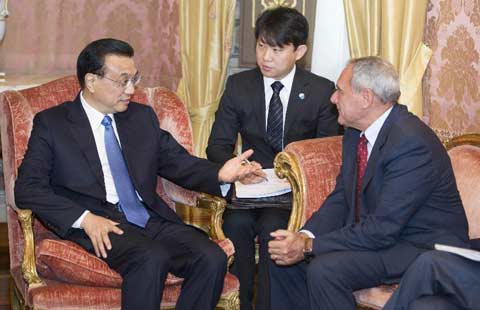
 Li pledges stronger parliamentary exchanges with Italy
Li pledges stronger parliamentary exchanges with Italy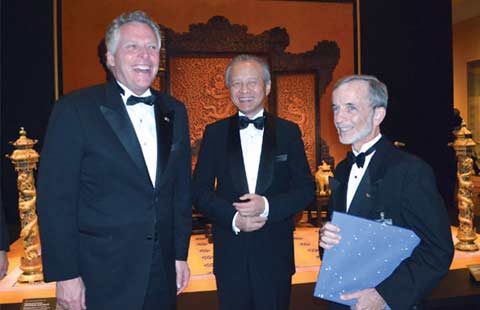
 Forbidden City art goes on display
Forbidden City art goes on display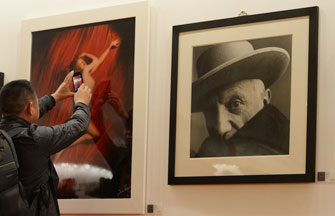
 Photo Beijing 2014 kicked off
Photo Beijing 2014 kicked off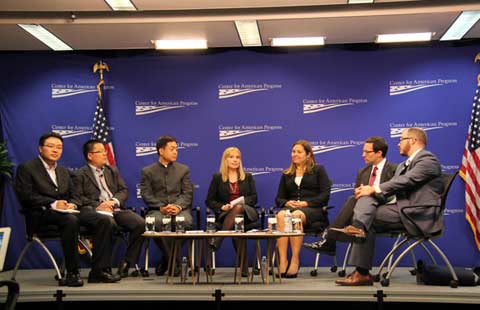
 Bilateral difficulties on manageable track
Bilateral difficulties on manageable track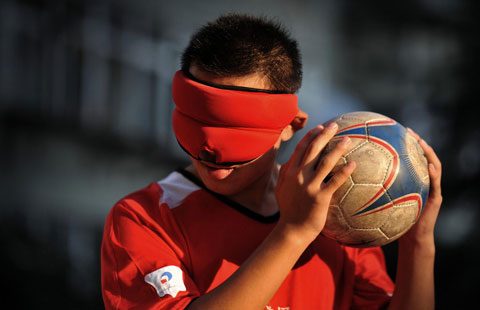
 All eyes on White Cane Safety Day
All eyes on White Cane Safety Day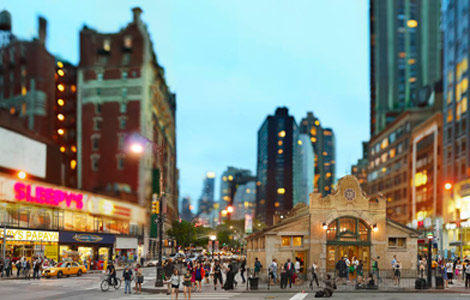
 Taiwan photographer depicts NYC on grand scale
Taiwan photographer depicts NYC on grand scale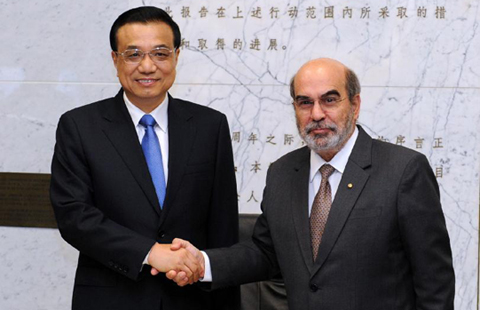
 Premier Li meets director-general of UN FAO in Rome
Premier Li meets director-general of UN FAO in Rome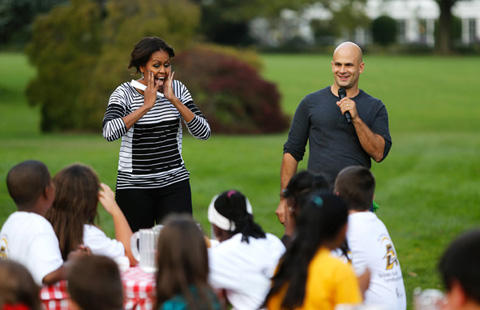
 White House also produces harvest joy
White House also produces harvest joy
Most Viewed
Editor's Picks

|

|

|

|

|

|
Today's Top News
Premier Li sows the seeds for farming
US CEOs wish trade treaty a priority
China singled out for 'important' role in Africa's development
Obama holds Ebola meeting
Exporters lower sights for sales at Canton Fair as woes persist
'Main course' still ahead, Li says
HK leader says protests hatched for more than year
Li pledges parliamentary exchanges with Italy
US Weekly

|

|
